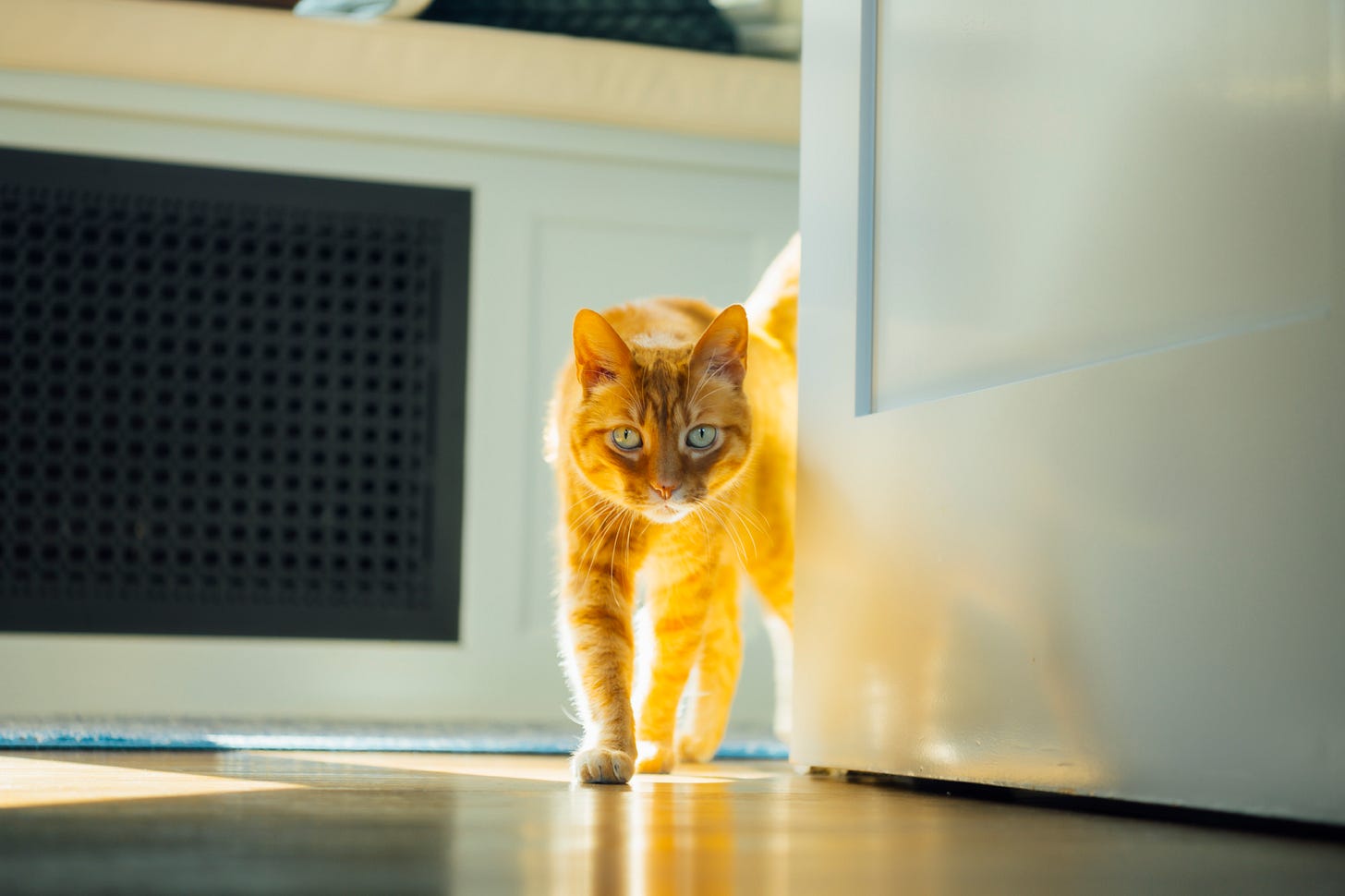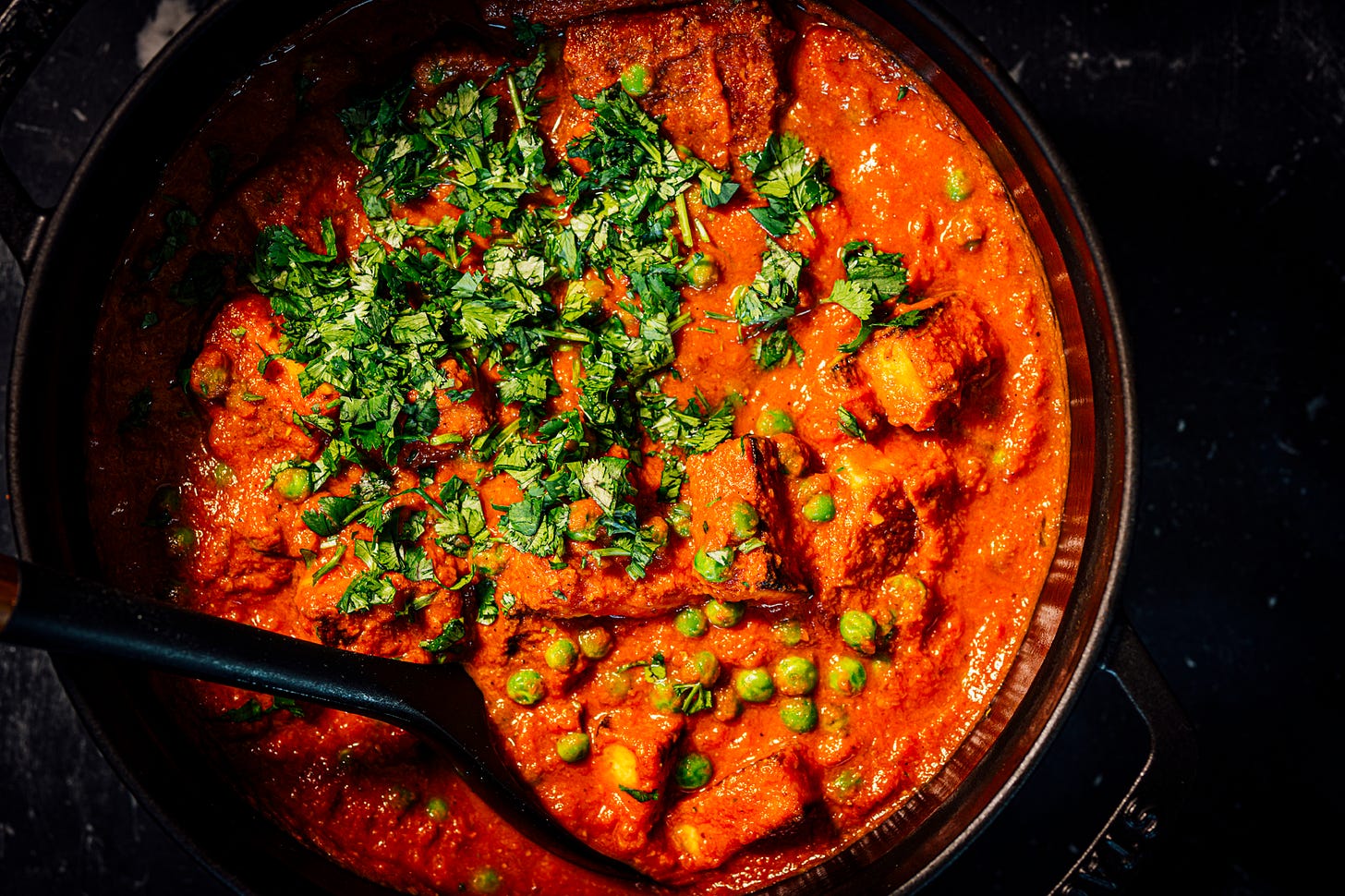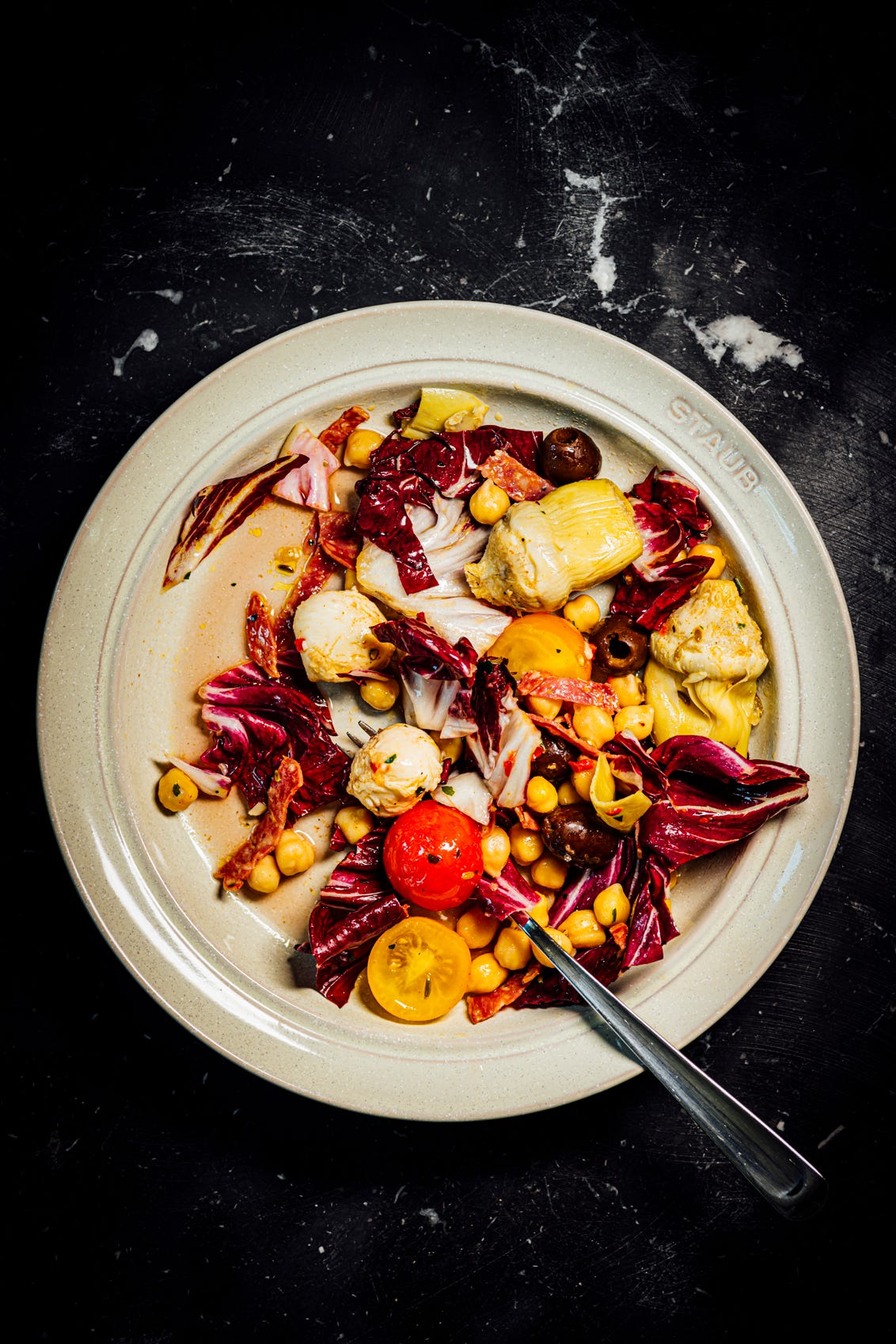Welcome to The Flavor Files, a newsletter that explores the intersection of science and food. You’ll receive a new recipe, links to more recipes, food and science news, and more each week.
If you’d like to learn more about the different Subscription options available, click here.
📗 My new cookbook, Veg-Table, is available to order wherever books are sold. You can get your copy here. The book focuses on the science of vegetables and includes 100 recipes for cooks at different skill levels, along with several tips and tricks to make cooking more accessible and more fun.
If you own a copy of the book, please leave a review on Amazon (regardless of whether you bought it there). Reviews on Amazon make books more visible to people.
This newsletter might also sometimes contain affiliate links.
🙏🏾 I appreciate your support!
Hi Friends,
I want to thank you for all your messages and notes of support. Last Friday at 4:23 p.m., we put Vesper to sleep. The past few days have been difficult because I have been looking for him; I suddenly expect his head to pop behind the kitchen counter whenever I open a bag, meowing for a bite. I’ve tried to stay distracted and keep myself occupied, and I appreciate all your kind words and personal experiences of losing your cats and pets. It means the world to me; thank you. You lovely people on Substack gave me a real sense of what being a part of the community means. Thank you.
Vesper’s blood test results came in, and things weren’t good; the vet told me to be prepared. Things progressed quickly once the results came in; it was too soon. He wasn’t eating and drinking like usual, and I noticed a rhythmic body tremor develop when he slept. He’d come to my office, where we’d typically spend the day while I worked on my cookbook, and instead of jumping into my lap or trying to perch on top of my chair, he’d now curl on the rug and sleep in a corner. I’d get a glimmer of hope when the birds outside would catch his attention, and he’d jump and run around to chase them or play with our cat, Drogy. I hoped these moments would prove us all wrong; maybe the vet would give me better news when we visited. Perhaps a cure would come through by then.
I didn’t sleep much the night before the trip to the vet, and that day in the morning was unusually calm, yet my chest kept getting heavier. Vesper wanted to be alone with me. He’d follow me everywhere; he wanted to spend time in my office. I opened the door, and he lay on the floor. I lay across the floor parallel to him, and we looked at each other. He blinked his eyes several times, then stretched his paw to touch my fingers. Strange as it may seem, that’s when it was time to let him go and say our goodbyes. I felt he told me it would be okay.
Vesper was never a calm pet at the vet. He became well-behaved but was always curiously excited to know what was happening. This time was different. He curled up on the examination table. The vet then confirmed my worst fears. Vesper had now developed a heart murmur, and his kidneys were no longer functioning. I told the vet it was time. I held Vesper close and held his paw when the time came. It’s the least I could do for my friend, pet, and child. That’s how I’ve always seen all my pets, an integral part of my family.
Vesper came into my life unexpectedly. When I lived in Oakland, a friendly black female cat showed up in the backyard that I brought in. However, by law, we needed to ensure she wasn’t owned by anyone else, so I took her to the Oakland Animal Shelter. She’d have to stay there for a few days if her owners were looking for her. If no one claimed her by then, I could have her. There was a small problem. I was leaving for Paris the week after, and I’d grown attached. The folks at the shelter told me I could call in every day to check in and make sure she wasn’t claimed, and they'd hold her for me.
I flew to Paris for the first time and was excited to see the city and eat all its beautiful foods. I called in every day to make sure the cat wasn’t adopted. Everything went well until I returned home and went to the Oakland shelter. A girl adopted the cat the day before. I was upset, and I think the cop at the shelter could see how devastated I looked. The cop was there at the time; I brought the cat in. It wasn’t a regular adoption day at the shelter, but the cop said, why don’t you go in and check out the cats and see if you connect with one of the other cats? He was the second cat I met that day. He was extremely friendly and quirky. I never visited Paris or France for a decade, and now, right after Vesper’s passing, I’m headed there in a few days. It might just be a coincidence, but I’m reading into things. That’s how I met my furry, ginger, golden, loud personality of a cat, Vesper. He changed our lives and will always occupy and own a special place in my heart.
Thank you,
Nik
What is the difference between Tomato Paste, Tomato Sauce, and Passata?
This might seem like a very basic question, but it’s also an important one. I get this often on my blog because I love to use tomato paste in my recipes. My usage of these terms is based on the North American definitions, which have changed in Europe and other parts of the world. When I scoured the internet and books, there were many confusing explanations, so I’ve tried to make things as straightforward as possible here. Technically, these are all different types of tomato purées, and they take on different meanings depending on where you live. Often, these forms of tomatoes aren’t interchangeable in recipes. The easiest way to know what people refer to in their recipes (and this is how I approach it) is to find out where the writer lives.
Tomato paste: Tomato paste is a thickened, concentrated form of tomatoes prepared by cooking down puréed tomatoes for an extended period of time. In Europe, tomato paste is called tomato concentrate or double-concentrated tomato paste. Tomatoes are blended, cooked, strained, and then recooked to concentrate on making a thick, richly flavored, and concentrated paste. It has the thickest consistency and will hold its shape when spooned out of a can or squeezed out of a tube (it’s like toothpaste). I use this in almost all my Indian recipes as a shortcut to develop flavor instead of cooking down chopped tomatoes. It’s a great way to enrich tomato flavors in a recipe.
Tomato Sauce: This can be prepared by cooking puréed and strained fresh tomatoes. I talked to a few cooks who also dilute tomato paste with water and call it tomato sauce. Some cooks refer to tomato sauce as tomato purée, which is confusing since all three items described here are purées. The skin and seeds of the tomatoes are removed before puréeing. It is thinner than tomato paste. Tomato sauce can contain seasonings like salt and citric acid. In Europe and other countries (including India), tomato sauce refers to ketchup/catsup, a sweeter and tangier condiment (However, I’ve seen both sold in some countries outside America). In America, you can use a can labeled tomato sauce to make pasta sauce, but in other countries, it might end up being ketchup, which won’t create the same effect. When I lived in India, this caused a lot of confusion because people would use ketchup in their spaghetti and pizza instead when they cooked out of American cookbooks. Imagine my shock when I moved to America and tasted spaghetti and pizza for the first time.
Passata: This is the simplest version; it’s just crushed and puréed tomatoes, not concentrated like the paste or sauce. It is uncooked and raw, with a fresher tomato flavor. It’s also much thinner in consistency.
The FDA’s more technical definitions are based on ratios of solids to liquids, which you can read in more detail here. Based on this ratio scale, Passata would fall into the tomato purée category.
This week, a classic Indian recipe is on the menu: my new recipe for Matar Paneer. I’ve become a convert to air frying paneer; it’s a game changer, and I’ve listed how I do it in the Notes section of the recipe. If you use an air fryer, you don’t need to add oil to the paneer because it already contains enough fat that renders as it cooks in the oven. If you were pan-frying the paneer, you would need to add oil because the fat inside the paneer doesn’t render at the correct rate.
It’s been brutally hot; the temperatures were in the late 90s all week, and I fell into the comforting pavilion of the world of cold salads. It’s also tomato season, meaning tomatoes play a prominent role in my cooking, and you might see them pop up often here for the next couple of weeks. We’ve been eating a lot of this Italian-inspired salad, where soppressata takes center stage (this recipe is for my paid subscribers). Michael loves cold cuts, so I sneakily pack more fresh vegetables via this salad.
Keep reading with a 7-day free trial
Subscribe to The Flavor Files to keep reading this post and get 7 days of free access to the full post archives.









